I saw not long ago at our friend Nicu Ivănescu - I think you remember him, the one with the the wooden cottage in the Valley of the Fairies - a couple of photos of a ladder made of wood I couldn't identify. I asked him what wood it was and he said it was maple. I didn't know much about the tree either. My knowledge was limited to the fact that it can be found on river banks, but about maple wood, apart from the fact that it exists, I knew nothing. So I started researching and found out some really interesting things.
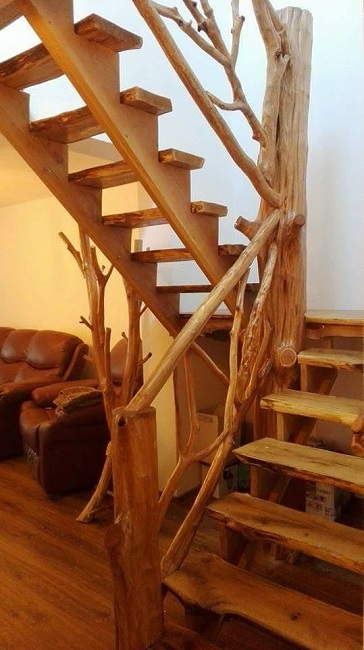
There are many species of maple spread all over the world. The one that is found naturally throughout Europe, northwest Asia and northern Africa is Alnus glutinosa, also known as the black maple or European maple. It is the species that also grows in our country.
The maple (or aninul, it's the same thing) prefers moist soils and light, and is found in swamps, on riverbanks or at the edges of forests. It is a pioneer tree, settling in places where there are no other trees. Over time other species appear, forming a forest together. Unfortunately, the maple does not survive in the forest. The trees it makes sit next to it bring its end. Being a great lover of light, it loses its lower branches, leaving only a small crown at the top, and the shoots that grow from the seeds die from lack of light. Fortunately the seeds are light and can be carried by the wind and a moon, so they reach great distances.
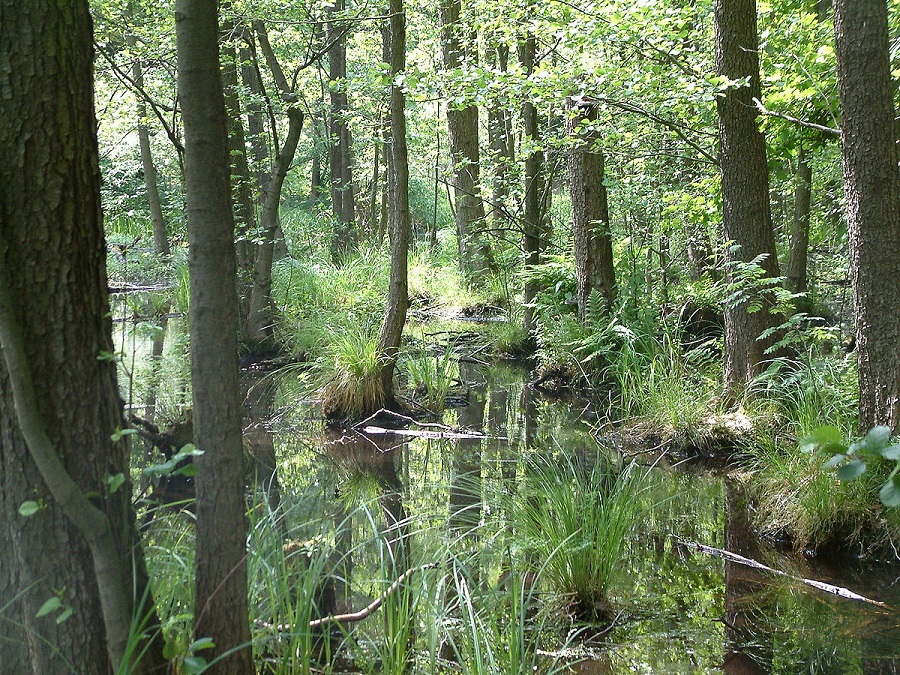
The tree grows up to 20-30 m, rarely taller than that. When young it has a tall, straight trunk with smooth greenish-grey bark and thin branches that do not form a crown. At maturity it forms an arching crown with crooked branches, and the bark darkens and cracks. It is planted to stabilize river banks and control flooding. The leaves are rich in nitrogen and those that fall to the ground and decompose are a very good fertiliser for the surrounding trees (nuc, brad or plop).
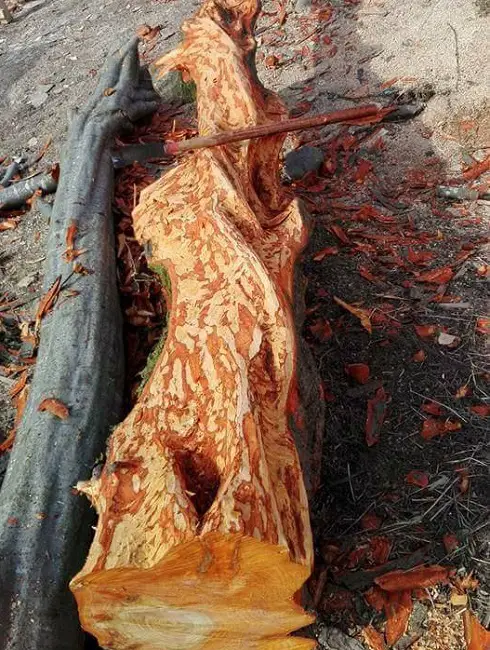
Maple can live up to 160 years, but it's best to cut it down by 60-70 years because after that age it starts to form heart rot. Young maple has a lighter, reddish-yellow colour, but as it matures the colour darkens, becoming more reddish. It has delicate and uniform grain, straight or twisted, depending on the conditions in which it has developed, annual rings are inconspicuous and pores are small and scattered throughout the annual ring.
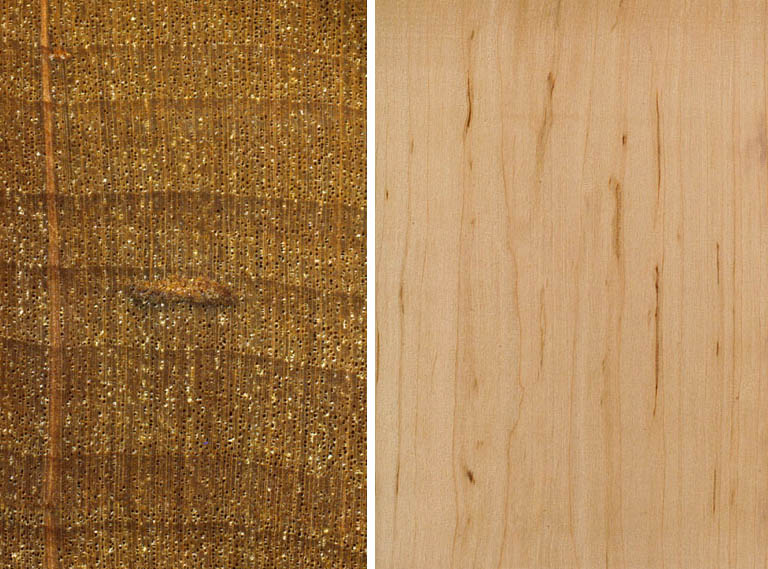
surso foto: rarewoodsandveneersMaple wood is a soft wood that is not recommended as a structural timber. However, there is evidence that it was used in the foundations of many medieval cathedrals and even in the construction of the piers of the Rialto Bridge in Venice. And that's because it's highly resistant under water. It's a paradox, because above ground its resistance to rot is low and after cutting, it has to be quickly cut into planks and laid out to dry. In water, however, it seems to be in its element, its resistance being considerable.
Another quality is high temperature resistance. This property, combined with its resistance to moisture, makes it very good for sauna construction. An important property - low thermal conductivity - makes it very suitable for benches or lounge chairs in saunas.
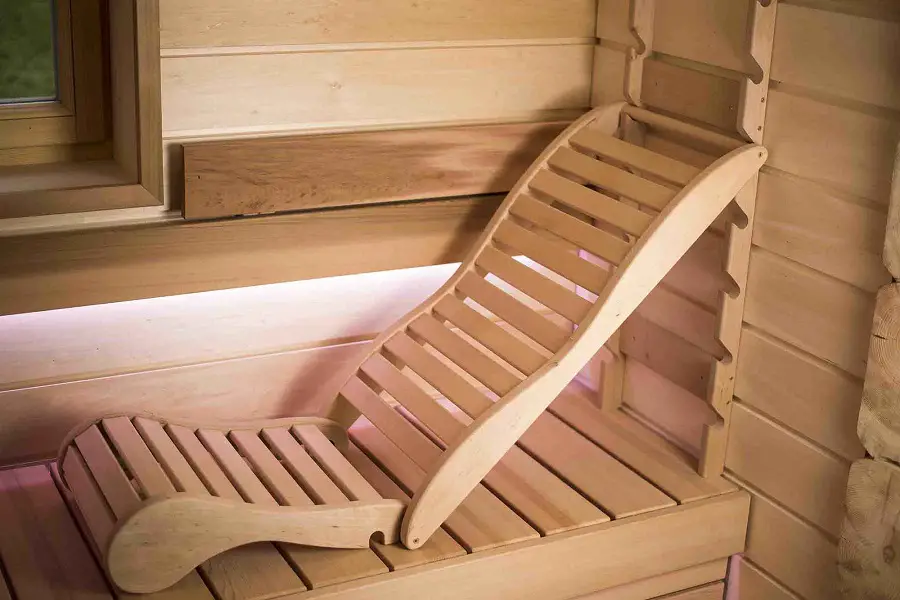
Maple wood is used to make paper and cardboard, fibreboard, furniture, windows, toys, pencils, bowls and platters. Maple sawdust is used to smoke fish and meat, and has a very pleasant fruity flavour. The bark, flowers and fruit are very rich in tannins and are used to make natural dyes. They are also used in herbal medicine, against haemorrhages and other diseases.
Both timber and veneer are used in furniture. It is a soft, flexible wood that is easy to work both by hand and with tools, sanded beautifully and stained evenly. Various pieces of furniture can be obtained and because all the documentation about maple started from Nicu, below are two of his works made with maple wood.
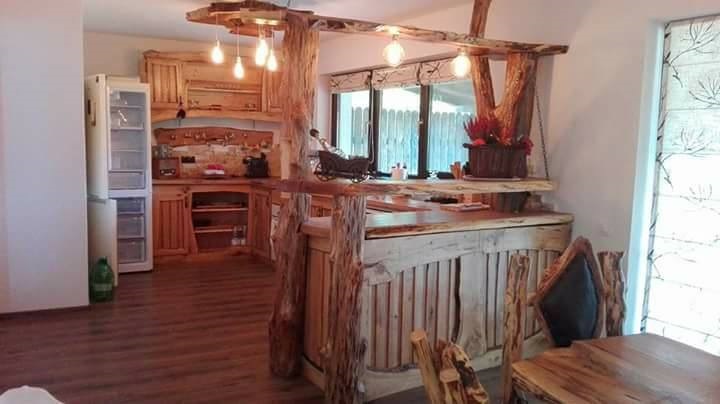
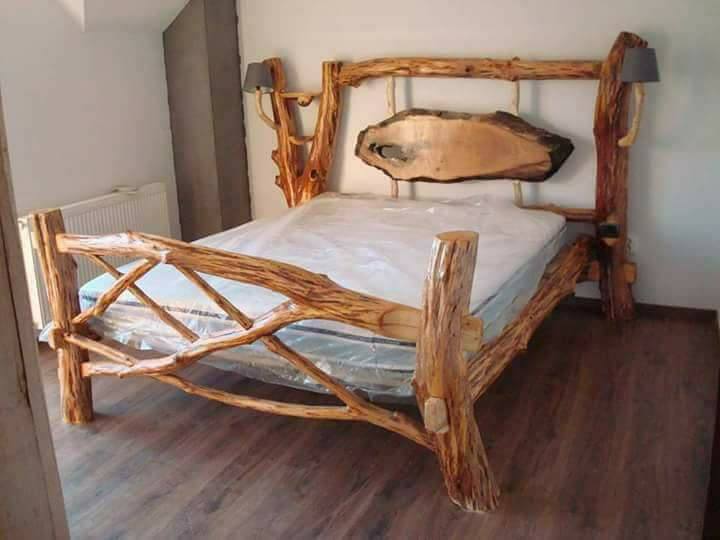
Being soft, it is easy to carve and is used to make decorative spoons.
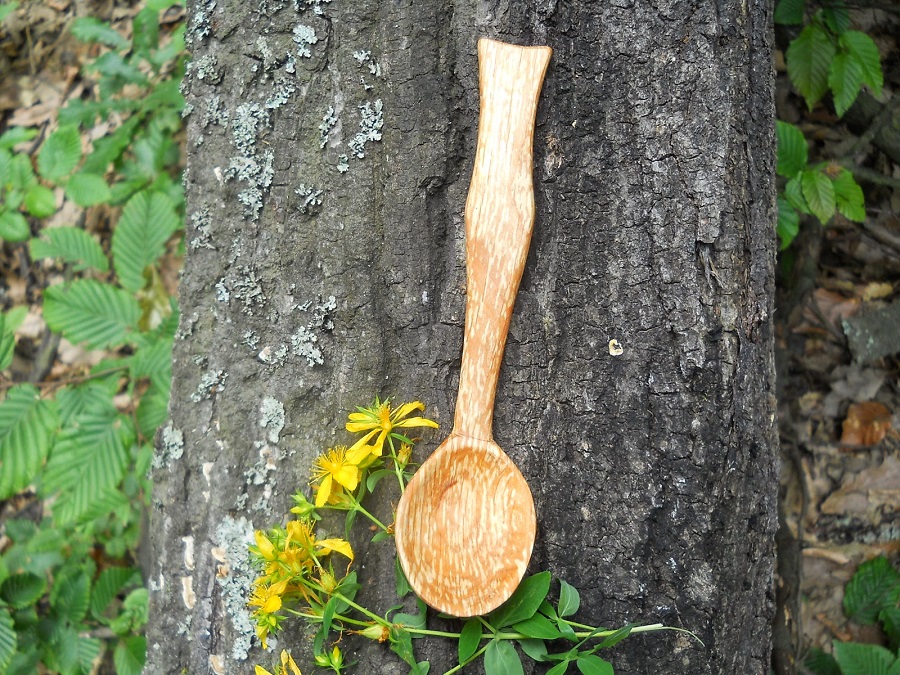
It is also used to make wooden bowls, plates and platters.
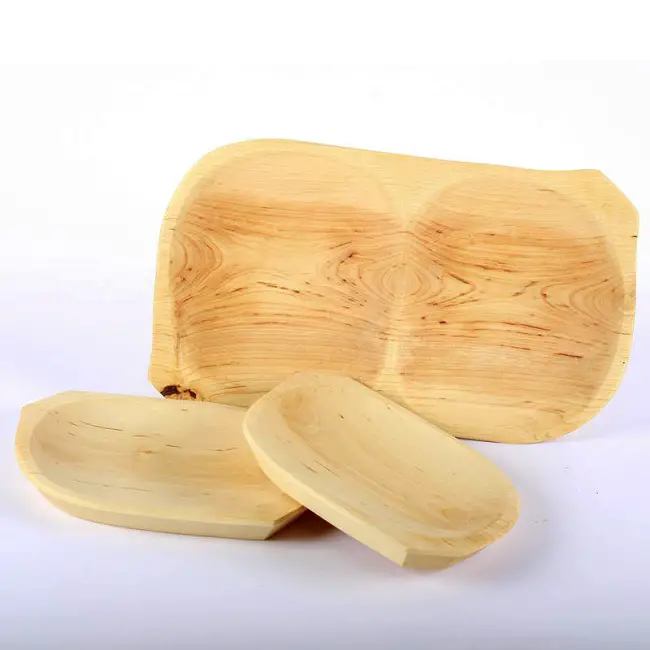
I don't know about you, but I was really impressed by the maple. I saw it as a decorative tree on the riverside, without thinking that it could have so many uses. And I find maple wood really beautiful.
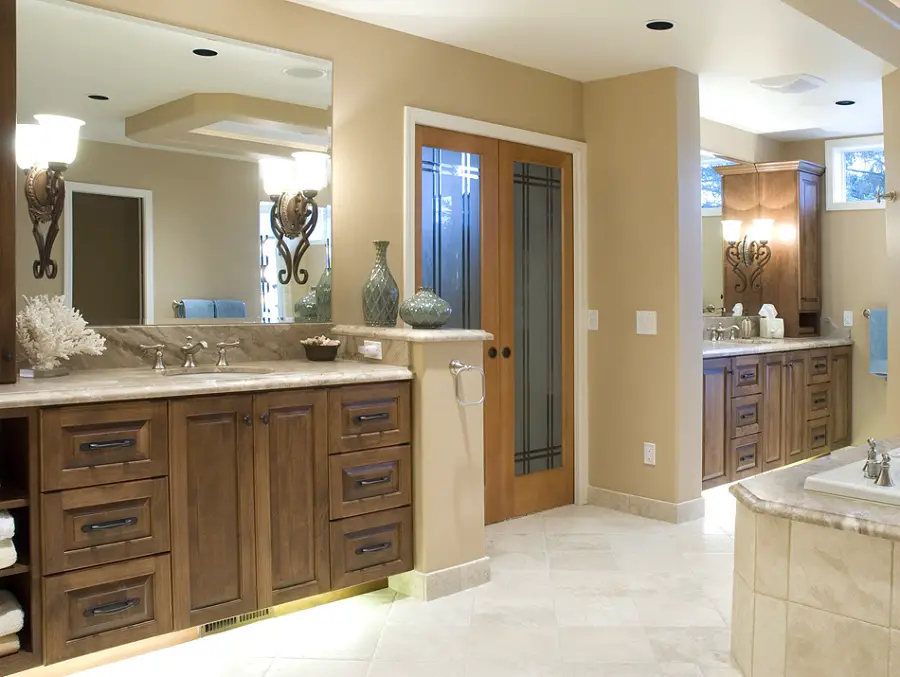


























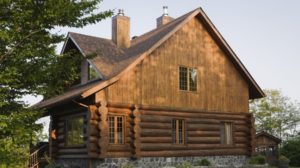
Thank you! They are interesting and documented articles. Congratulations!
Thank you too!
Good evening,
Mrs Mihaela,
I have corresponded with you before on the subject of formaldehyde/parquet, at the time I was at this chapter, your reply helped me,
Now I need one more comment from you, namely regarding the chapter on interior doors,
I bought three oak hdf doors for the bathrooms and the pantry, and three solid oak doors for the bedrooms and the living room, the wooden doors being untreated with nothing, just sanded, the color of the six doors being roughly similar, after long research I decided to give the wooden doors with boiled linseed oil (eco) undiluted with nothing, on the criterion that whatever lacquer I used had emissions of toxic substances, I have given only the hinges with the oil in question and I found that they have darkened a lot in color, now it looks more like a walnut wood, a dark brown being a big difference from the door that I have not yet given it with oil, the question for you would be what is the solution to restore the color of the hinge and what to treat the doors so that they keep the natural color, not to be toxic, possibly I would prefer all an oil, if you can recommend a product / supplier.
there is a possibility that it may open in time, possibly after it dries permanently, the product purchased is "paint eco", manufacturer "linum color ltd" from Latvia, recommended as colorless.
Hello!
When oil is applied to the wood, it will darken. The difference is from dry wood to wet wood (when wet raking over dry, unprotected wood). I understand that with you the change is very large, which makes me think you used an outdoor oil that also has a pigment content.
To restore the original colour of the wood you should wash the wood with turpentine, white spirit or universal thinner. If the wood doesn't come back to colour, it has become very dark and needs to be sanded to remove the oily surface layer.
It is difficult to keep the original colour of the wood without using varnishes. There is acrylic varnish for natural effect, which keeps the appearance of the wood almost unchanged, but it is not an organic product. Try very pure linseed oil for interior use or mineral oil.
Another option would be to bleach the wood with hydrogen peroxide (perhydrol) and after drying apply oil. The oil will darken the wood, but the difference in the discoloration will compensate.
All the best!
good evening,
thank you for your answer,
Is the mineral oil safe from a toxicity point of view, can I use it to treat the door in the nursery?
Good evening!
Mineral oil is the safest in terms of toxicity. It is the oil used to finish kitchen chopping boards, bowls and other wooden objects used in the kitchen.
All the best!
good evening
thank you very much for your support
all the best
Good evening. I have maple wood and would like to execute an interior staircase. What do you advise??? It is used for interior stairs. The thickness is 5 cm and the humidity is 11. Thank you very much!!
Hello
You can make the ladder out of maple wood. Nicu Ivanescu, who I talk about at the beginning of the article, made such a staircase in a rustic-looking house and it works very well. Maple is also a beautiful wood, so you'll win aesthetically too.
Humidity is OK for indoors (8-12%).
All the best!